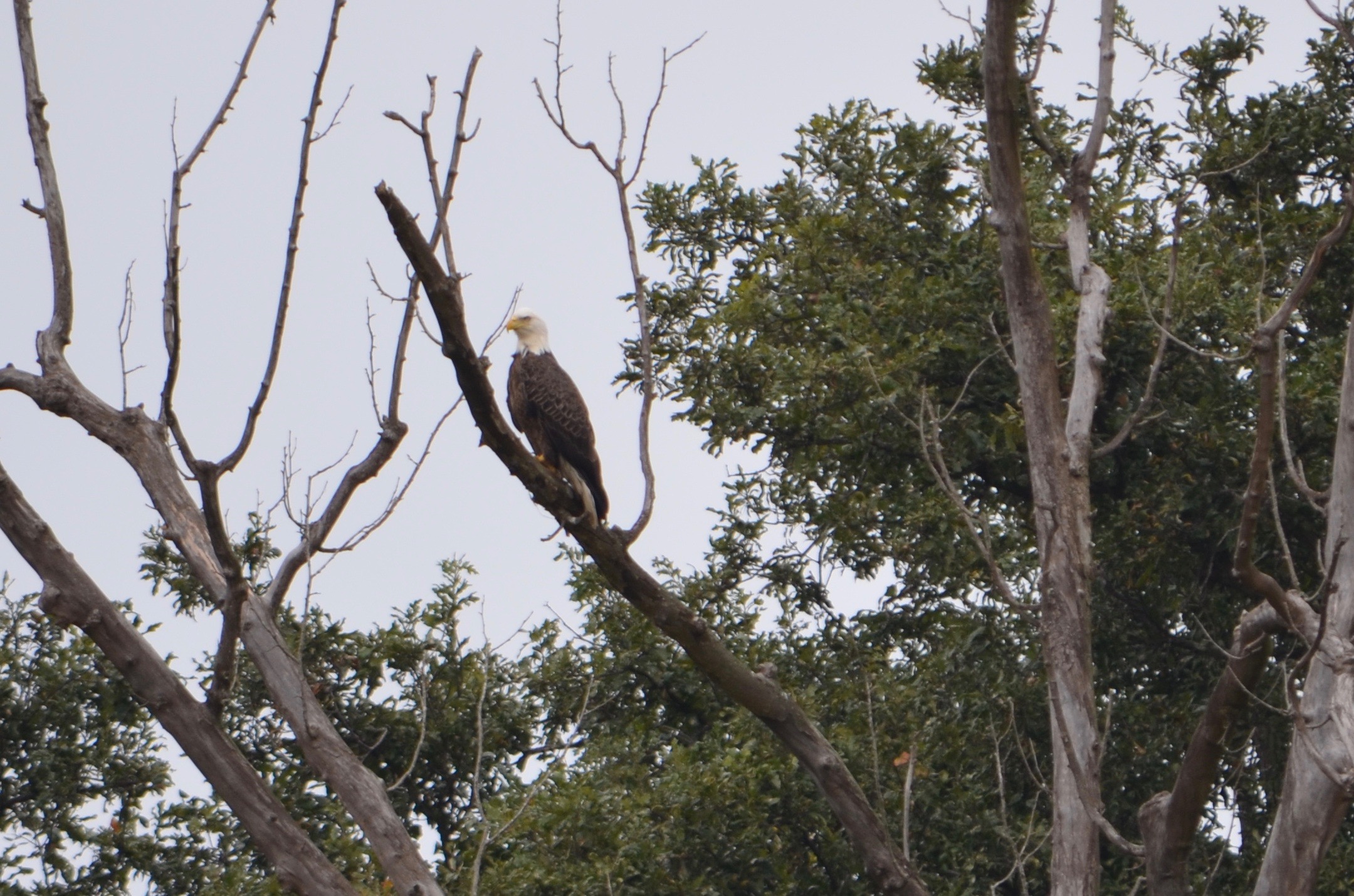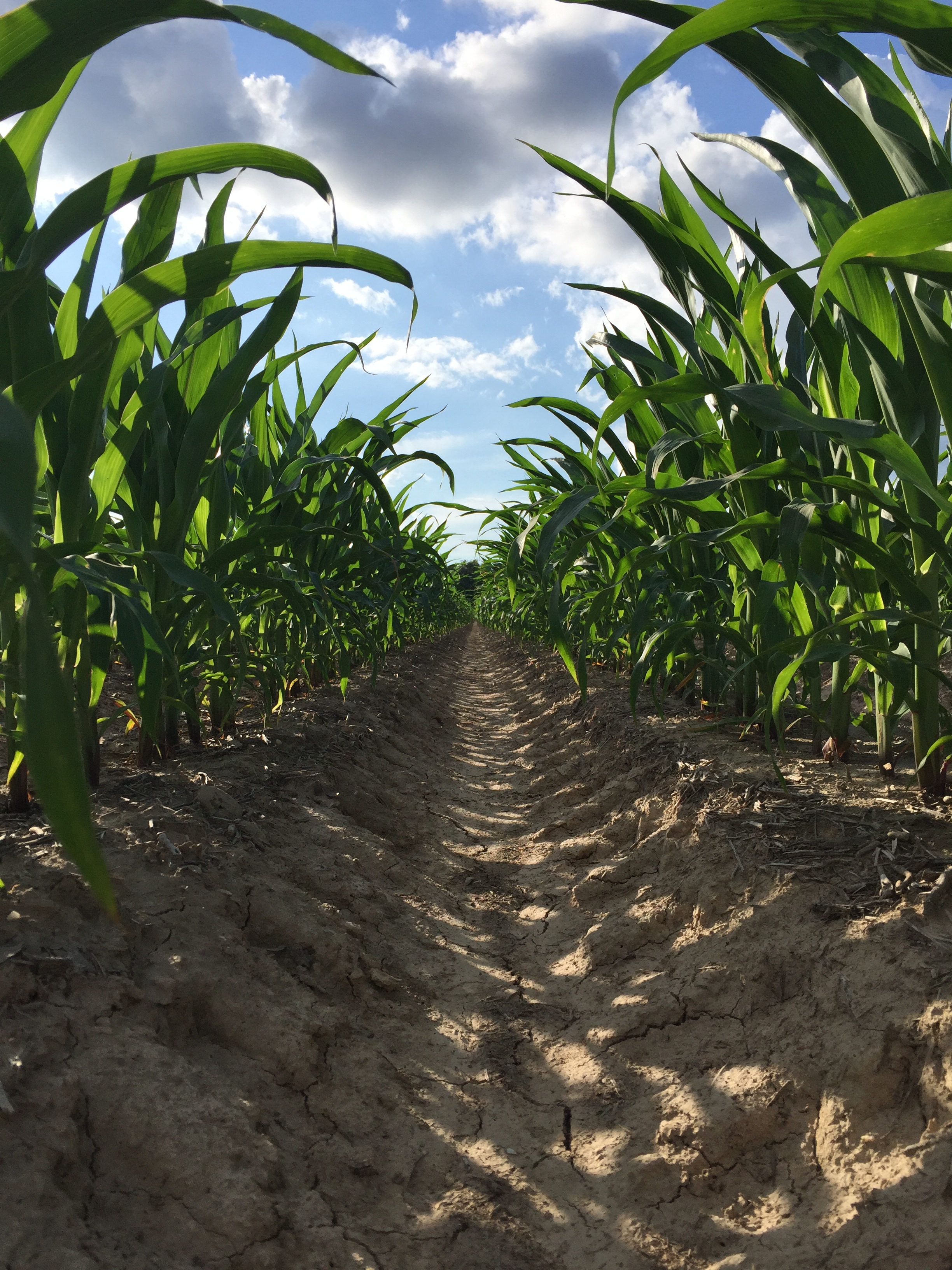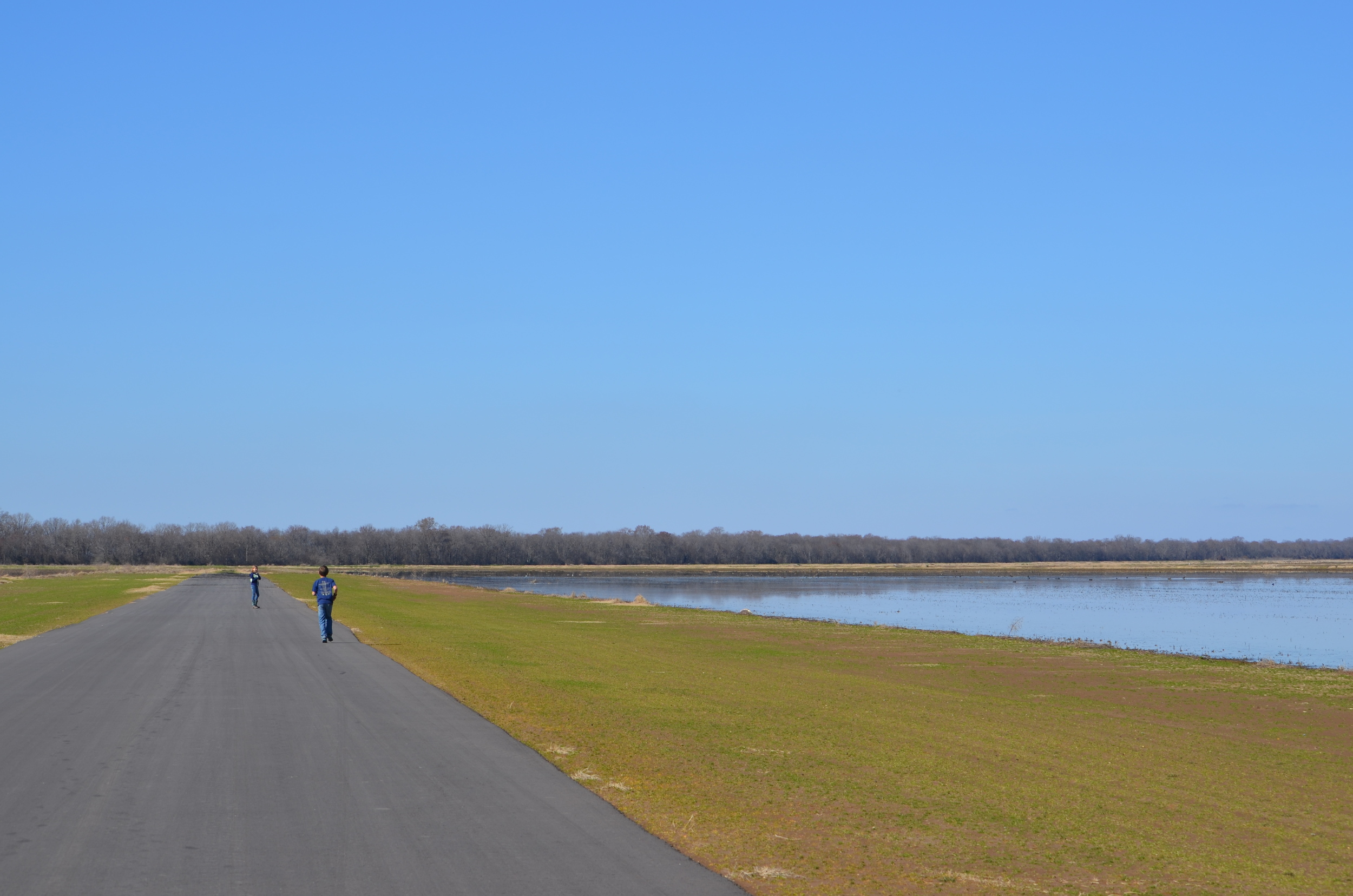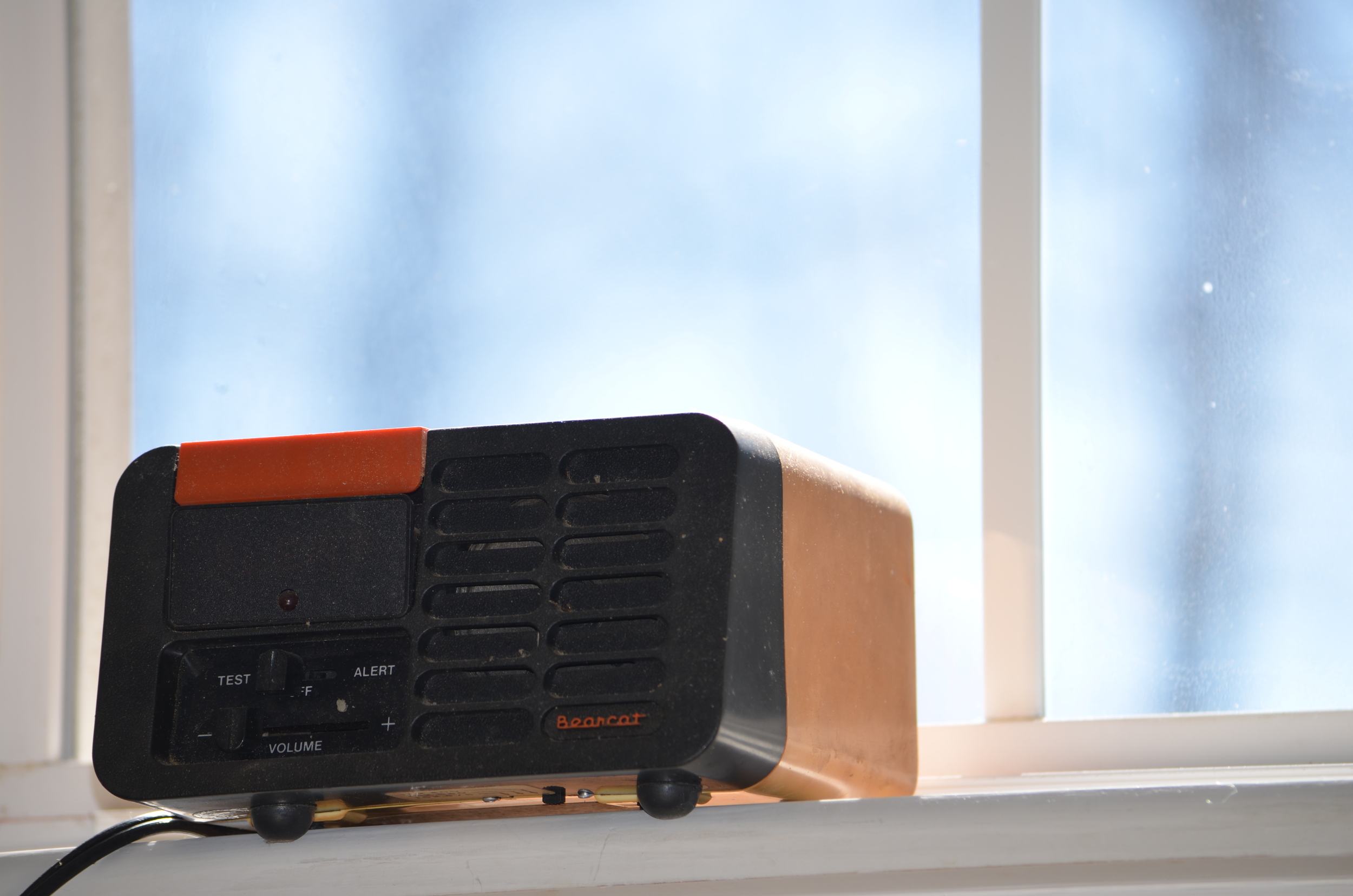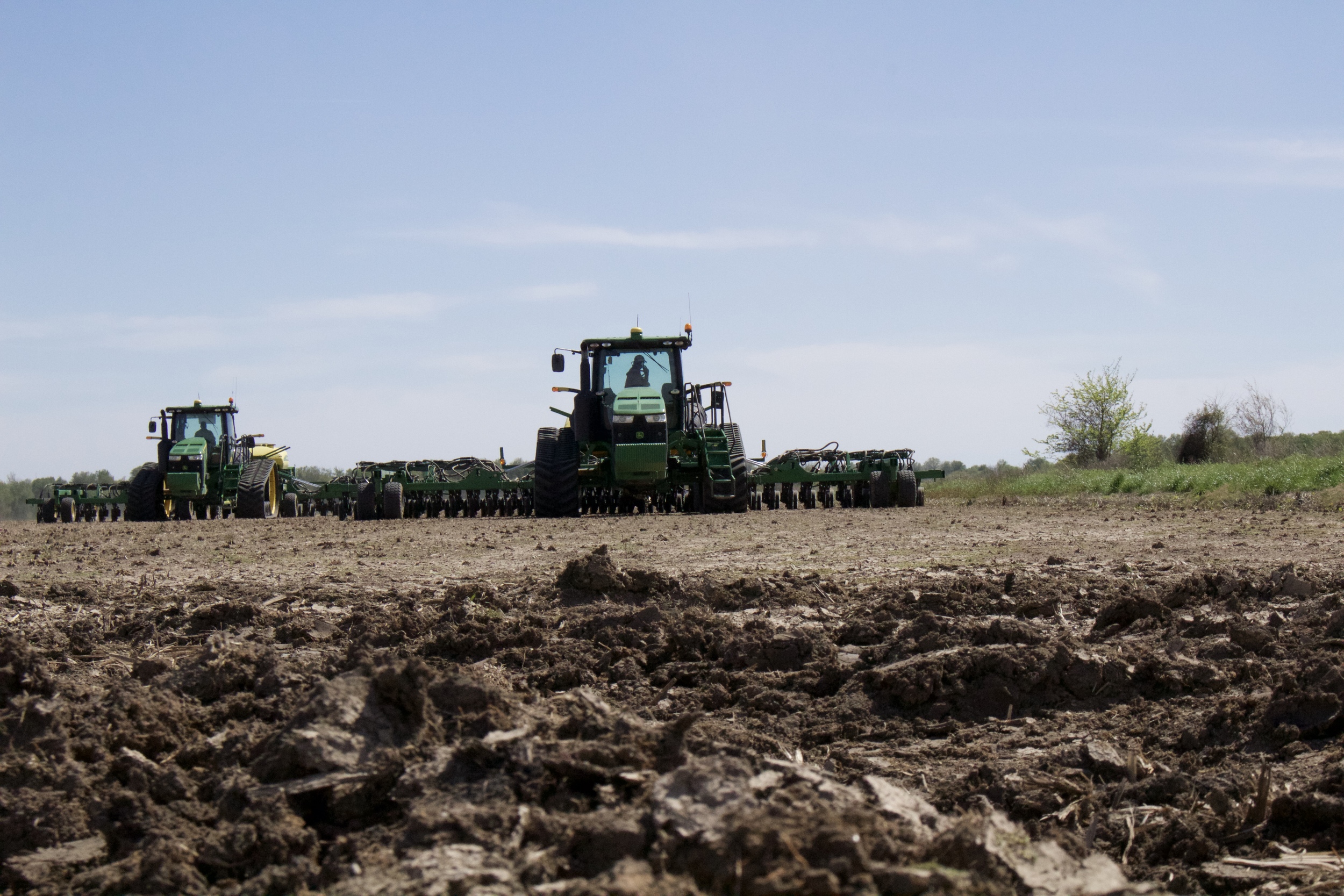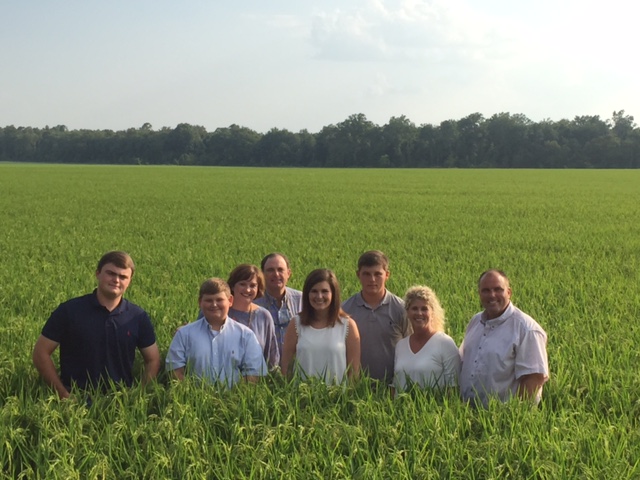Effective Marketing
Seeing non-GMO labels on so many products misleads consumers into believing that GMOs are somehow harmful, or should be avoided. But what is the science behind GMOs? A plethora of independent scientific studies have been published over the 20 years that genetically engineered crops have been grown and harvested in the US and not a single instance of harm has come to any human or animal. These scientific studies have been rigorously scrutinized by peer reviews and affirmed in their findings.
No Health Effects Shown
Critics would have us believe that GMOs have caused an increase in obesity, Type II diabetes, autism, and many food allergies. However, a study by the National Academies of Sciences, Engineering and Medicine was recently conducted comparing the health of North Americans who consume many GMOs in their diet with Europeans who rarely consume GMOs. The study concluded that there was no greater incidence of Type II diabetes or obesity. Also, the incidence of Autism Spectrum Disorder and Celiac Disease, which makes humans intolerant to gluten, increased in both populations equally.
A Converted Supporter
Mark Lynas was a strong Greenpeace activist supporting non-GMO agriculture until he began to take a serious look at the science behind GMOs instead of being led by his assumptions. After significant research, he realized the safety, environmental sustainability and potential for global health solutions that genetic engineering offered. He then presented an apologetic speech giving his full support to the science and future development of biotechnology as a way to feed the world.






























